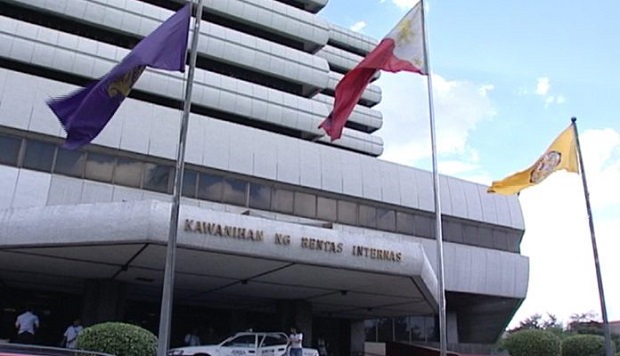The Bureau of Internal Revenue (BIR) said the second phase of its automation project is expected to be implemented in 2024 under the 10-year DX Vision 2030 digitalization program.
This is according to BIR assistant commissioner Maria Luisa Belen, who spoke at the recent general membership meeting of the Philippine Exporters Confederation Inc. (PhilExport).
According to Belen, the DX Vision 2030 has two phases aimed at modernizing the BIR’s overall tax system. The first phase covers 2020 to 2023 and focuses on building the foundation of the DX program. Phase two will take place from 2024 to 2030.
From next year until 2026, work will be on strengthening the BIR’s digital organization and infrastructure, while 2027 to 2030 will see IP data being leveraged for the management of tax services.
Belen said that of the 49 DX projects identified, about 19 were implemented between 2020 and 2022.
There are 28 projects identified this year, divided into 14 customer-centric projects and 14 projects for BIR’s internal users. These projects are currently in various stages of progress, with some being partially implemented, and others either being procured or conceptualized.
Among the 14 customer-centric projects are the Online Registration and Update System, Enhancement of eONETT System, Electronic Invoicing System, eAppointment, Online Tax Clearance, Taxpayer’s Ledger Portal, and eFiling and ePayment System.
On the other hand, some of the projects for internal use include the Internal Revenue Integrated System, Cybersecurity Program, Human Resource Integrated System, Document Tracking and Management System, and establishment of a Command Center with an IT Operations Center.
Belen said the second phase includes the Taxpayer’s Ledger Portal, eFiling and ePayment System, BIR Assist App, Enhanced Queuing System, Organizational Restructuring Aligned to DX, and Transformation Management Office.
Belen added that the BIR anticipates continued challenges as they work to complete and implement these projects. These difficulties include resistance to change, complexity of system integration, budgetary and procurement constraints, legacy system limitations, and skills gaps.




